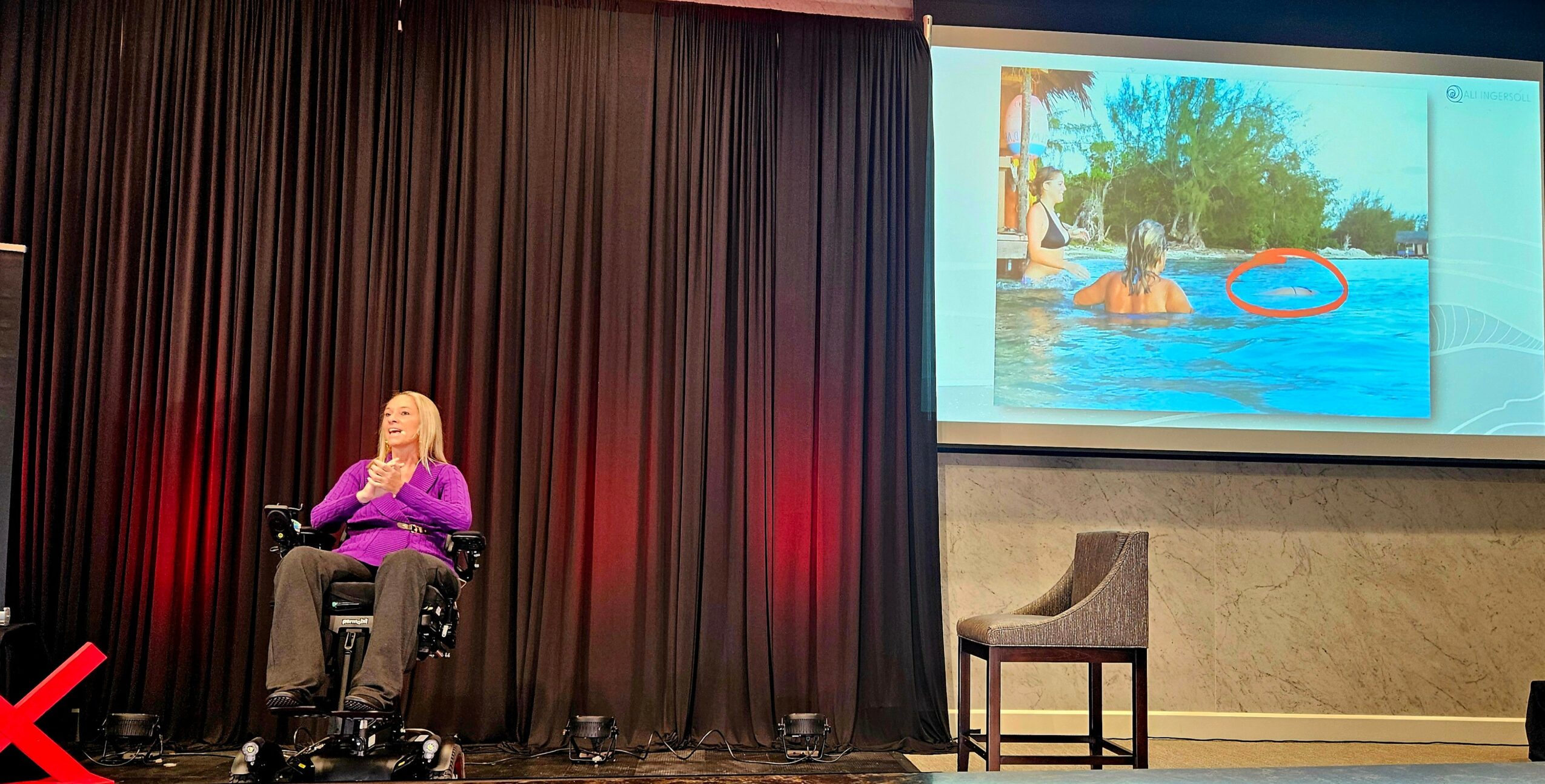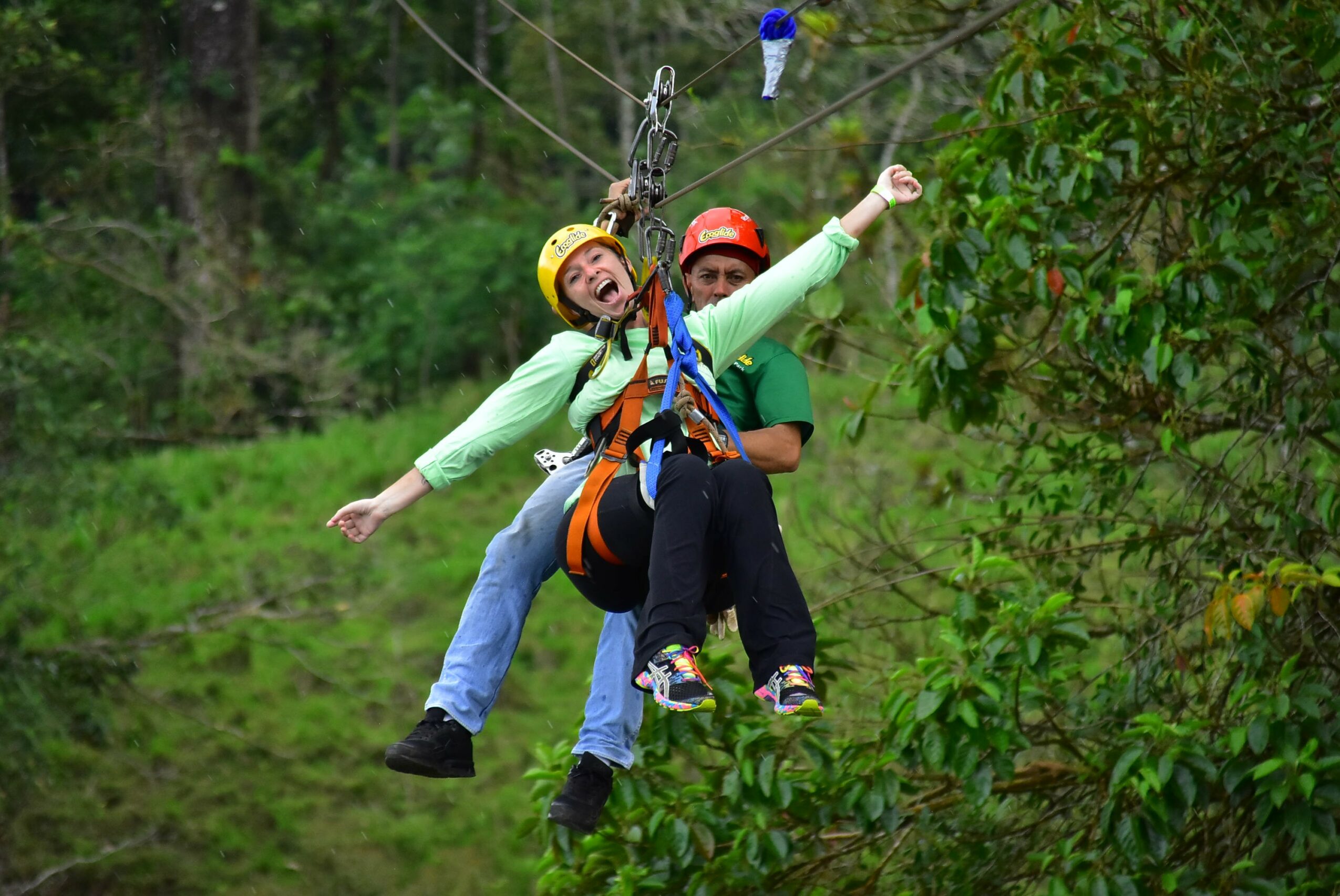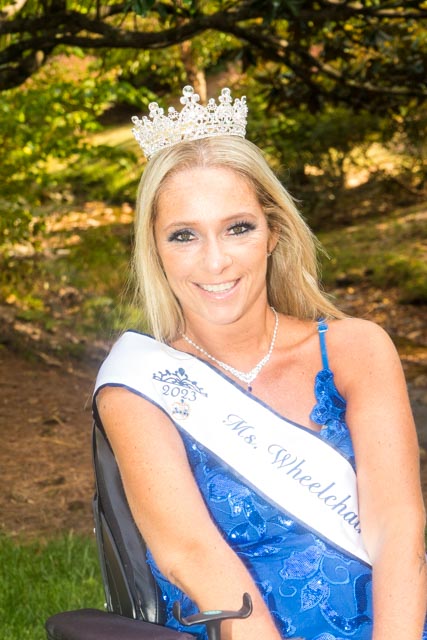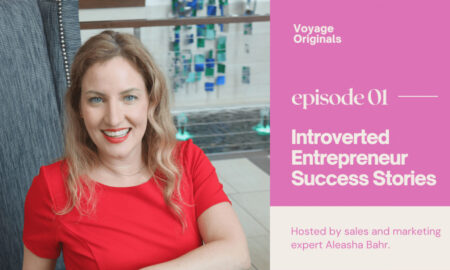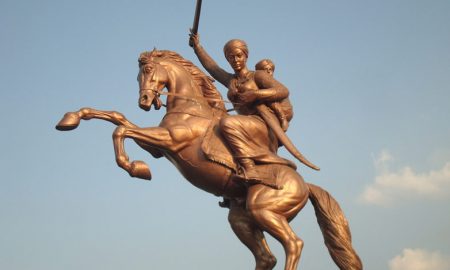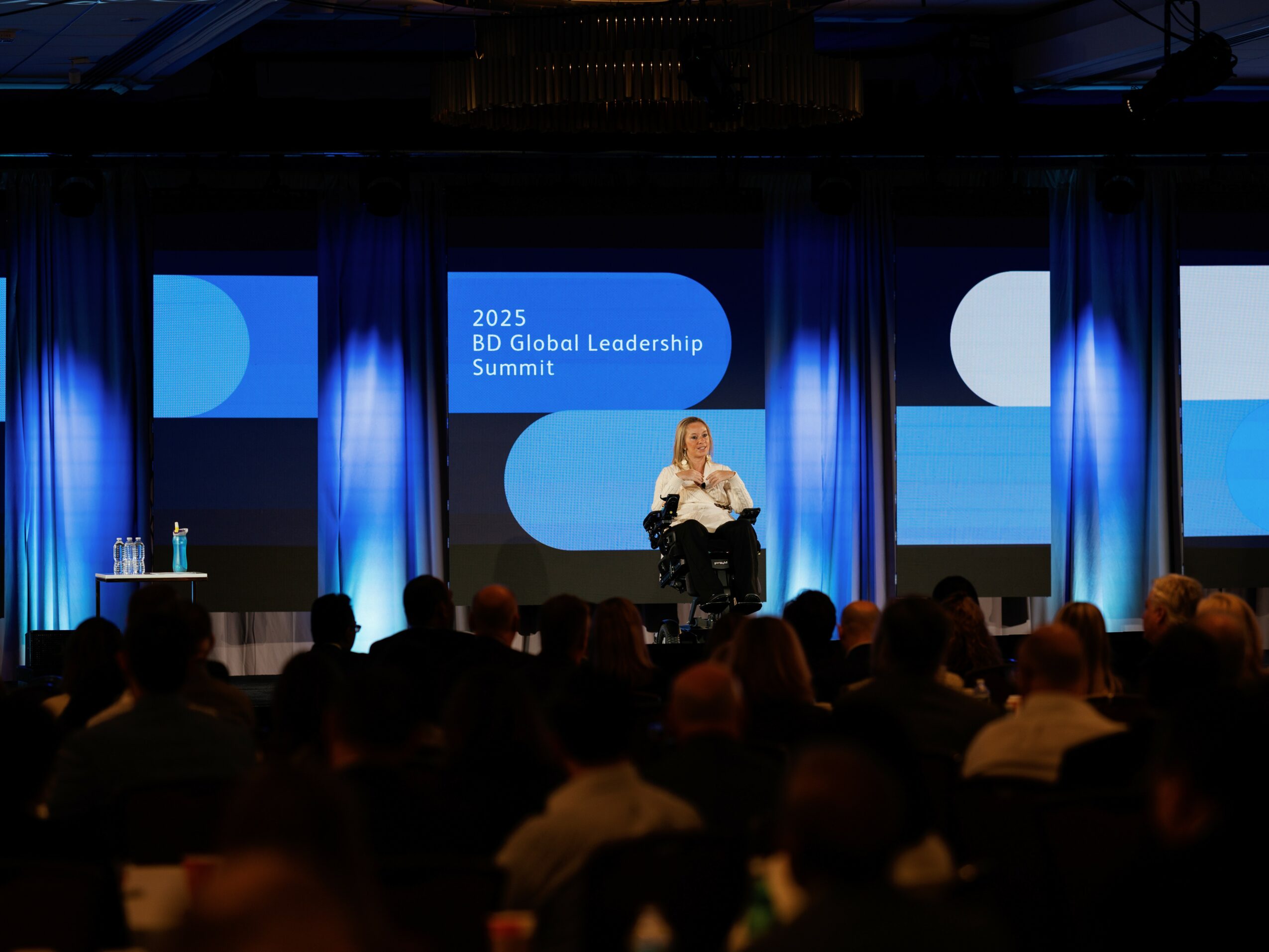

Today we’d like to introduce you to Ali Ingersoll.
Hi Ali, can you start by introducing yourself? We’d love to learn more about how you got to where you are today?
I grew up on a remote Out Island in The Bahamas — a place where you either learned to adapt or got really creative with boredom. My childhood was filled with sandcastle wars, spearfishing for dinner, and learning self-sufficiency from an early age. When I wasn’t on the island, I attended European boarding schools run by Catholic nuns (yes, ruler smacks and all), which gave me a crash course in resilience.
Adventure became my oxygen. I spent summers on survival programs in the Australian outback, Amazon rainforest, and the Galapagos — eating live mussels when I lost all my food, dodging piranhas, and sleeping through torrential jungle storms. At sixteen, I moved to Beijing — alone — where I learned Chinese in a kickboxing gym and spent a week in a freezing jail near the Mongolian border after forgetting my passport. Eventually, I landed in Los Angeles, lived at the Playboy Mansion for a year (yes, really), studied entrepreneurship, and worked for the Rockefeller family — which quickly jaded me about politics. I returned home to The Bahamas to learn technical analysis day trading under my father’s tutelage.
And then — everything changed.
A shallow-water dive off a tiki bar left me paralyzed from the chest down with limited hand function.
The years that followed were brutal. I lived seven years in and out of hospitals, spent two years fully in bed battling pressure sores, osteoporosis, pulmonary embolisms, cervical cancer, and even a life-threatening spinal cyst. Desperate for answers, I moved to China for a groundbreaking spinal cord program that saved my life — but also broke my leg in eight places, over-sedated me on morphine, and left me with stories so wild they now fill chapters of my memoir, Unbreakable(ish): I Wasn’t Built for Boring.
When I finally returned to the U.S., I spent another full year in bed with a stubborn pressure sore and multiple failed surgeries. To make matters worse, my health insurance denied me the equipment I needed to physically survive. That denial lit a fire in me. I taught myself to write my own letters of medical necessity, backed them up with peer-reviewed journal articles, connected with the health equity and disability rights community — and I started winning.
Those small wins snowballed into national advocacy. I began partnering with incredible organizations across the country and around the world. In 2023, I was humbly crowned Ms. Wheelchair America for my work in health equity, which included helping to pass landmark legislation reclassifying power seat elevators as medically necessary — a life-changing win for wheelchair users nationwide.
Today, I’m a global keynote speaker, corporate consultant, and advocate for health equity and inclusion. I work with Fortune 500 companies, healthcare leaders, and associations to create systems that work for everyone. I combine applied neuroscience, behavioral psychology, and dark humor to teach people how to redirect, reframe, and reclaim their lives — my Triple R framework for resilience.
I also serve as the global head of community for Open Inclusion, sit on the board of United Spinal Association, and chair the board of Alliance of Disability Advocates here in the Triangle, serving eight counties to ensure that people with disabilities can live in the communities of their choice.
I’ve scuba-dived with sharks as a quadriplegic, skydived with a veteran parachute team, and learned to turn pain into progress — not because I’m fearless, but because I believe purpose is the most powerful driver we have.
At the heart of everything I do is this mission: to help others move forward. To spark the question “What’s possible?” and give people the tools and courage to answer it.
Great, so let’s talk business. Can you tell our readers more about what you do and what you think sets you apart from others?
When people hire me to speak, they aren’t just getting a keynote — they’re getting a story that sticks.
My business is about helping people see possibility where they once saw a dead end. Whether it’s a room full of corporate executives or a group of healthcare leaders, I help audiences laugh, cry, and leave with a plan to move forward.
I’m known for blending applied neuroscience, behavioral psychology, and real-life resilience with a dose of dark humor. People don’t just sit back and listen — they lean in, because they can feel that I’ve lived what I’m talking about. I teach my Triple R framework — Redirect, Reframe, Reclaim — which shows how to take the hard things in life and turn them into growth.
What sets me apart is that my talks are more than motivational pep rallies. They’re practical, deeply personal, and interactive. I’m as likely to share research from Harvard Business Review as I am to crack a joke about living at the Playboy Mansion or surviving Chinese jail. That mix is what keeps people engaged and makes the message unforgettable.
I’m proud that my brand isn’t just “inspirational” — it’s actionable. It’s about giving people tools they can use immediately, whether that’s a mindset shift, a science-backed strategy, or the courage to have a hard conversation.
If there’s one thing I want readers to know about my work, it’s this: I believe everyone has the ability to bounce forward. Your challenges don’t define you — what you do with them does. My job is to help you and your organization figure out what’s possible… and then make it happen.
How do you think about luck?
I don’t believe in luck — at least not in the way most people mean it. My father raised me with the expression: “Luck is the residue of design.” It stuck with me my whole life. The phrase was first popularized by Branch Rickey, the legendary baseball executive who signed Jackie Robinson and broke Major League Baseball’s color barrier.
What I take from that quote is simple: there are no “lucky” people — there are people who prepare, position themselves well, and act on opportunities when they show up.
Breaking my neck wasn’t bad luck. It was an event — a devastating one, yes — but what came next was design. I designed my recovery. I designed my advocacy work. I designed the systems I now teach, so that when life sideswipes you, you have a way to move forward.
Even neuroscience backs this up. The brain is constantly rewiring itself based on what we repeat and where we focus our attention. When you keep showing up, keep learning, and keep practicing, your brain literally strengthens the pathways that help you respond to challenges. In other words — the more you design, the “luckier” you get.
In business, I think the same way. Every keynote I deliver, every consulting engagement I take on, every coalition I build — those are the result of intentional choices, not chance. When people call me “lucky” to have turned tragedy into purpose, I smile, because I know it wasn’t luck. It was work. It was grit. It was refusing to stay down.
If there’s one thing I want readers to know, it’s this: you can’t control the cards you’re dealt, but you can design the hand you play next — and your brain will rise to the challenge.
Contact Info:
- Website: https://aliingersoll.com/
- Instagram: https://www.instagram.com/quirkyquad_ali/
- Facebook: https://www.facebook.com/ali.ingersoll
- LinkedIn: https://www.linkedin.com/in/ali-ingersoll/
- Youtube: https://www.youtube.com/c/QuirkyQuad_Ali
- Other: https://www.quirkyquad.com/





